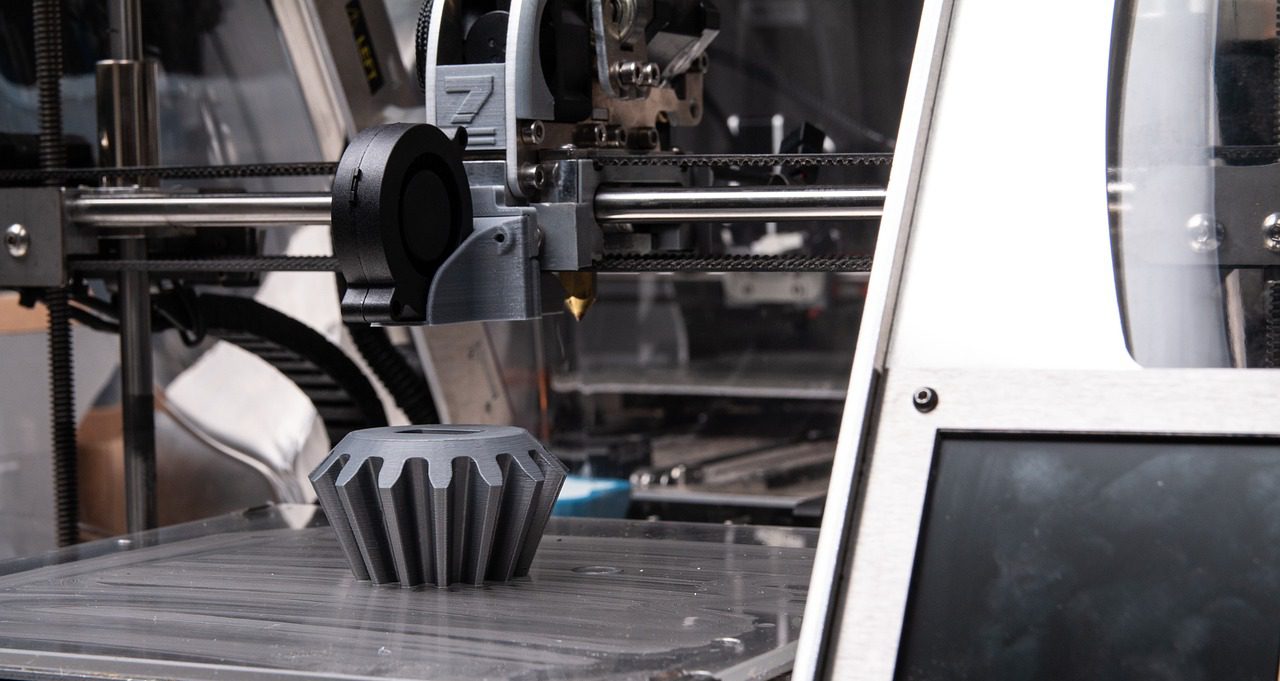This post is also available in:
 עברית (Hebrew)
עברית (Hebrew)
A recent study from Penn State University has revealed a surprising security concern: Millimeter-wave radar can pick up and transcribe private phone calls by sensing the tiny vibrations emitted through a cellphone’s earpiece.
According to the press release, In controlled experiments, researchers positioned a radar device roughly three meters from a phone during a call. The radar detected minute surface oscillations originating from the earpiece. This raw data was then processed using a lightly adapted version of the Whisper speech recognition model, retraining just 1% of its parameters to interpret radar-based vibrations. The result: about 60% transcription accuracy within a vocabulary of up to 10,000 words. While not flawless, even partial success—such as capturing keywords—poses meaningful privacy risks.
Back in 2022, the same team showed that radar could identify ten pre-selected words with up to 83% accuracy. The current work expands from keyword spotting to continuous speech, albeit with reduced accuracy due to the complexity and noisiness of radar signal processing.
Researchers liken the output to lip-reading: imperfect and incomplete, but often enough to piece together conversations when paired with context. That resemblance raises red flags for potential misuse, especially by sophisticated adversaries.
The experimental setup is for research purposes. However, the study underscores a growing concern: emerging technologies previously seen as harmless may be repurposed for surveillance.
The team behind the research stresses that its goal is not to enable eavesdropping, but to highlight potential risks before they are exploited. Future work may focus on developing protective countermeasures, such as passive acoustic dampening or active shielding, to safeguard sensitive conversations.
As wireless systems and AI continue to evolve, this study serves as a reminder: even the faintest vibrations from everyday devices can compromise privacy.
The research was published in Proceedings of WiSec 2025: 18th ACM Conference on Security and Privacy in Wireless and Mobile Networks.


























